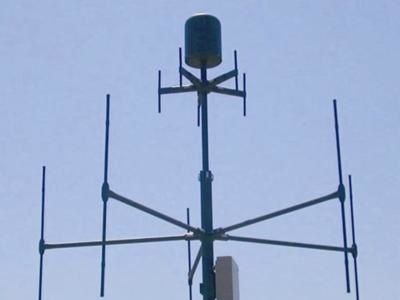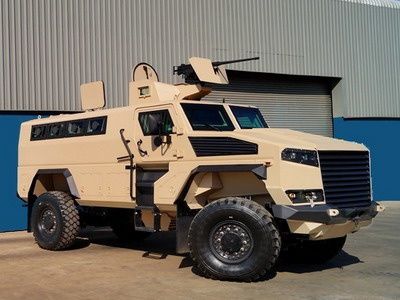07 October 2015 by defenceWeb
Alaris Antennas (formerly Poynting Defence & Specialised), which designs and manufactures specialised broadband antennas as well as other related radio frequency products, has recorded healthy growth over the last year, increasing revenue by 15% to R88.4 million.
The company, part of Alaris Holdings, reported that profit after tax for 2015 increased by 29% from R16.2 million in 2014 to R20.9 million.
“Alaris Antennas continued to be a leader in product innovation, adding 155 new products to its portfolio compared to 52 in 2014,” the company said. “Further investment during this financial year included growth in headcount from 77 to 87, moving from its old premises in Wynberg into a far more fit for purpose set of buildings in Centurion, investing into a new spray booth facility and upgrading the ERP [Enterprise Resource Planning] system. This has set the platform for further growth in the future.”
Alaris Antennas has consistently grown turnover and profits since its establishment in 2005 with operational earnings before interest and tax growing with a cumulative annual growth rate of more than 25% over the past 10 years. Growth is derived from the addition of new and innovative products, adding new system houses, distributors and agents, diversifying territories and entering into new market segments.
“The business has invested in capacity to enable growth that should be reflected in future results and continues to build its confirmed future order book and pipeline that extends well into the next financial year,” noted Alaris CEO Juergen Dresel.
Alaris recently abandoned its bid for Antenna Research Associates (ARA) in the United States, after the business failed to meet a number of conditions prior to the takeover.
Alaris Antennas designs and manufactures specialised wideband antennas and other related radio frequency (RF) products. These products sell in the Electronic Warfare (EW), frequency spectrum monitoring, test and measurement, communication and other specialised markets and find application in the system integration, frequency spectrum regulation and homeland security market space.
Some of the applications for the Alaris Antenna’s product range:
Communication: Antennas designed with receive and transmit capabilities, typically geared towards field communications and applicable to both traditional HF/VHF and UHF communications as well as modern data network deployments. These antennas support a number of operational deployments including vehicle, handheld and fixed platforms.
Jamming Antennas: These high power antennas are used to prevent unauthorised communications from functioning by facilitating localised domination of the electromagnetic spectrum. Typically these antennas are wide band in nature, with very good impedance matching.
Counter-RCIED: A special case of jamming antennas, these are typically deployed specifically to counter the threat of Radio-Controlled Improvised Explosive Devices (RCIEDs). The focus is on man and vehicle deployments with a strong move towards radiator co-localisation and wide band performance.
Monitoring: Antennas specifically designed with the intent to detect signals. These antennas are typically deployed on vehicle and fixed platforms.
Direction finding: A class of monitoring antennas designed with the specialised capability of being able to determine the direction of arrival of incoming signals. These antennas are widely diverse, deployed across the spectrum from large scale fixed sites to compact man-portable scenarios, airborne platforms and even submarines.





























